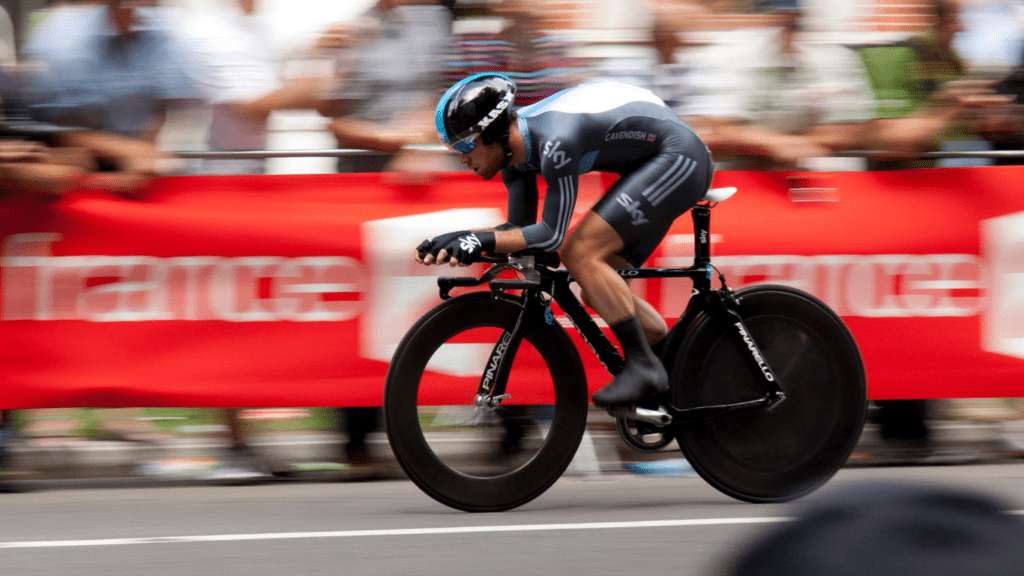As a seasoned strength athlete, I understand the importance of optimizing recovery to enhance performance and prevent burnout. In the world of heavy lifts and intense training sessions, implementing effective recovery strategies is key to staying at the top of your game.
From nutrition to sleep, every aspect plays a crucial role in supporting your body’s ability to repair and grow stronger. In this article, I’ll delve into the top recovery strategies specifically tailored for strength athletes looking to maximize their gains and minimize the risk of injuries.
Whether you’re a powerlifter, bodybuilder, or strength enthusiast, incorporating these proven techniques into your routine can make a significant difference in your overall progress and well-being. Let’s explore how you can take your recovery game to the next level and unleash your full potential in the gym.
Importance of Recovery Strategies for Strength Athletes
Discussing the significance of recovery strategies for strength athletes is crucial in maximizing performance and preventing burnout. As an experienced strength athlete, I understand the importance of implementing effective recovery methods to support the body’s repair and growth.
These strategies, encompassing aspects like nutrition and sleep, play a fundamental role in ensuring optimal physical and mental well-being. Adhering to specialized recovery techniques tailored for powerlifters, bodybuilders, and strength enthusiasts can have a profound impact on overall progress and performance in the gym.
By prioritizing recovery, athletes can enhance their ability to train consistently at high intensity levels, leading to improved muscle recovery, reduced risk of injuries, and elevated energy levels during workouts. It’s essential to acknowledge the transformative power of proper recovery strategies in the journey of every strength athlete.
Common Recovery Methods
Rest and Sleep
Ensuring adequate rest and quality sleep is paramount for strength athletes. It’s during sleep that the body repairs and grows stronger. I aim for 7-9 hours of quality sleep each night to optimize my recovery process.
By prioritizing rest and sleep, I can enhance muscle recovery, improve cognitive function, and boost overall performance in my training sessions.
Nutrition and Hydration
Proper nutrition and hydration play a vital role in the recovery of strength athletes. I focus on consuming a balanced diet rich in protein, carbohydrates, and healthy fats to support muscle repair and replenish glycogen stores.
Additionally, staying hydrated is crucial for optimal performance and recovery. I aim to drink at least 3-4 liters of water daily to aid in the elimination of toxins and promote muscle function.
Active Recovery Techniques
Incorporating active recovery techniques is key to maintaining optimal performance levels and preventing injuries. I engage in activities like yoga, swimming, and light stretching on rest days to promote blood flow, reduce muscle soreness, and enhance flexibility.
By incorporating these active recovery methods into my routine, I can expedite recovery, improve mobility, and ensure consistent progress in my strength training endeavors.
Advanced Recovery Techniques for Strength Athletes
Expanding on the foundational recovery strategies for strength athletes, I delve into advanced techniques that can elevate performance and overall well-being. These specialized methods, tailored for powerlifters, bodybuilders, and strength enthusiasts, aim to maximize recovery efficiency, enabling athletes to push their limits and achieve optimal results.
- Cryotherapy for Rapid Recovery: Utilizing cryotherapy, such as ice baths or cryo chambers, can expedite muscle recovery by reducing inflammation and muscle soreness. This cold therapy technique is particularly beneficial after intense training sessions or competitions, promoting faster healing and enhanced muscle recovery.
- Compression Garments for Enhanced Circulation: Incorporating compression garments, like compression sleeves or tights, can aid in improving blood circulation and reducing muscle fatigue. By enhancing oxygen delivery to muscles during and after workouts, these garments optimize recovery, enabling athletes to bounce back quicker for their next training session.
- Contrast Water Therapy for Active Recovery: Implementing contrast water therapy, alternating between hot and cold water immersion, is a potent method to stimulate blood flow and accelerate muscle recovery. The contrast between hot and cold temperatures helps flush out metabolic waste products and replenish nutrients in muscles, promoting quicker recovery and reducing post-exercise muscle soreness.
- Infrared Sauna Sessions for Detoxification: Engaging in regular infrared sauna sessions can support detoxification processes within the body, aiding in the elimination of toxins and metabolic byproducts accumulated during intense training. This therapeutic heat therapy not only promotes relaxation but also enhances recovery by facilitating circulation and nutrient delivery to muscles.
- Electrical Muscle Stimulation for Targeted Recovery: Integrating electrical muscle stimulation (EMS) into a recovery routine can target specific muscle groups, helping to reduce soreness and improve muscle function. By applying electrical impulses to muscles, EMS can enhance blood flow, accelerate healing, and alleviate fatigue, leading to quicker recovery between training sessions.
By incorporating these advanced recovery techniques into their regimen, strength athletes can optimize their recovery process, minimize downtime, and continue progressing towards their fitness goals with enhanced performance and resilience.
Implementing an Effective Recovery Plan
Diving into the realm of recovery strategies for strength athletes, effective planning plays a paramount role in enhancing performance and staving off burnout. In my experience, I’ve found that tailored recovery techniques aimed at powerlifters, bodybuilders, and strength enthusiasts can make a substantial difference in overall progress and gym performance.
Prioritizing recovery allows athletes to sustain high-intensity training consistently, fostering improved muscle recovery, lower injury susceptibility, and heightened energy levels during workouts. Embracing the fundamentals of recovery methods, adequate rest and quality sleep are non-negotiable elements crucial for muscle repair and cognitive functioning.
My target is to secure 7-9 hours of sleep nightly to maximize recovery benefits. Nutrition and hydration stand out as pivotal pillars, emphasizing a well-rounded diet comprising protein, carbohydrates, and healthy fats, along with ample water consumption to bolster muscle functionality and facilitate toxin expulsion.
Moreover, active recovery practices like yoga and gentle stretching emerge as valuable tools for upholding performance levels, diminishing muscle soreness, and boosting flexibility. Transitioning towards a more sophisticated approach, advanced recovery techniques can further enhance athletic prowess and well-being.
These include cryotherapy for accelerated recovery, compression garments to bolster circulation, contrast water therapy for active recovery, infrared sauna sessions for detoxifying benefits, and electrical muscle stimulation for precise recovery targeting. By integrating these advanced methodologies, strength athletes can streamline their recovery trajectory, mitigate downtime, and forge ahead towards their fitness objectives with heightened performance and resilience.
The overarching message remains clear: recovery is a cornerstone in attaining peak physical and mental well-being for strength athletes.



